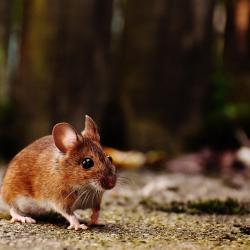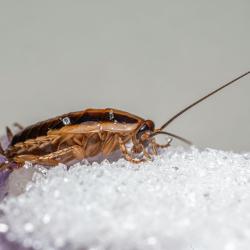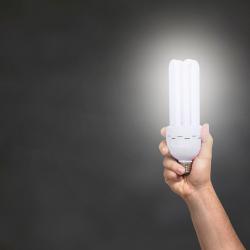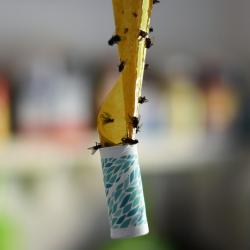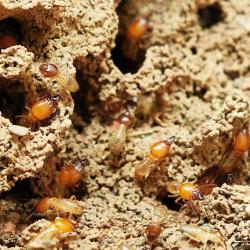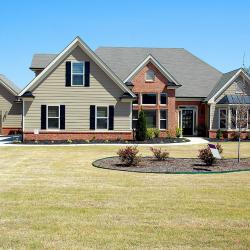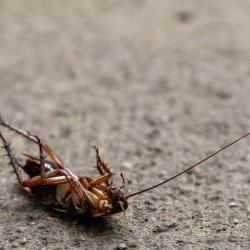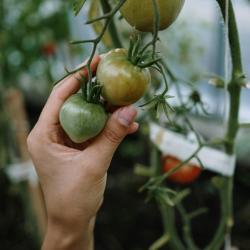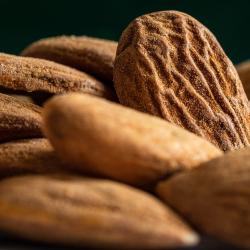Eco-Friendly Pest Control: Sustainable Solutions for Your Home
Finding sustainable solutions to everyday problems is crucial. Pest control is one such area where eco-friendly practices can significantly reduce our impact on the planet. Traditional pest control methods often rely on chemical pesticides, which can have harmful effects on the environment and human health. Fortunately, there are now a variety of sustainable and effective alternatives available for managing pests in your home. This article explores eco-friendly pest control methods and how they can help you maintain a safe, healthy, and pest-free living space.
Understanding Eco-Friendly Pest Control
Eco-friendly pest control focuses on using natural and less harmful techniques to manage and prevent pest infestations. These methods prioritize sustainability, safety, and the health of the ecosystem. The goal is to minimize the ecological footprint while effectively controlling pests.
Why Choose Eco-Friendly Pest Control?
-
Environmental Impact: Traditional chemical pesticides can contaminate soil, water, and air, affecting wildlife and beneficial insects such as bees and butterflies. Eco-friendly alternatives reduce this impact by using natural substances that break down harmlessly in the environment.
-
Health Benefits: Chemical pesticides can pose health risks to humans, especially children and pets who are more vulnerable to their toxic effects. Eco-friendly solutions are safer and reduce exposure to harmful chemicals in your living space.
-
Sustainability: By opting for sustainable pest control methods, you contribute to a more balanced ecosystem. These practices often target specific pests without harming other forms of wildlife, promoting biodiversity.
Eco-Friendly Pest Control Methods
1. Integrated Pest Management (IPM)
Integrated Pest Management is a holistic approach that combines various strategies to manage pest populations. It involves monitoring, prevention, and control, and prioritizes the use of natural and less harmful interventions. Some key components of IPM include:
-
Biological Control: Introducing natural predators or parasites to control pest populations. For example, ladybugs can help manage aphid infestations in gardens.
-
Cultural Practices: Altering planting times, crop rotation, and choosing pest-resistant plant varieties to prevent infestations.
-
Physical Control: Using barriers, traps, or hand-picking to remove pests from the area.
2. Natural Repellents
Natural repellents made from plant-based oils and extracts are effective in deterring pests without harming the environment. Common options include:
-
Essential Oils: Peppermint oil, citronella, eucalyptus, and tea tree oil can repel insects such as mosquitoes, ants, and spiders.
-
Herb and Plant-Based Solutions: Growing certain plants like lavender, rosemary, and marigold can naturally deter pests.
3. Mechanical Traps
Non-toxic traps provide a safe and effective way to capture and remove pests. Examples include:
-
Sticky Traps: For insects like flies and cockroaches.
-
Humane Rodent Traps: Designed to capture rodents without killing them, allowing for release at a safe distance.
4. Diatomaceous Earth
Diatomaceous earth is a natural powder made from fossilized aquatic organisms. It effectively controls pests like ants, bedbugs, and fleas by dehydrating them. It is safe for humans and pets when used as directed.
How to Implement Eco-Friendly Pest Control at Home
-
Prevention First: The best way to manage pests is to prevent them from entering your home in the first place. Seal cracks and openings, keep food stored properly, and maintain a clean living space.
-
Regular Monitoring: Regularly inspect your home and garden for signs of pest activity. Early detection can prevent larger infestations and reduce the need for intervention.
-
Educate Yourself: Understand the specific pests you're dealing with and learn about their habits and life cycles. This knowledge can help you choose the most effective and eco-friendly control methods.
-
Consult Professionals: If you're unsure or dealing with a severe infestation, consulting an eco-friendly pest control professional can provide tailored solutions that align with sustainable practices.
Conclusion
Eco-friendly pest control offers a sustainable and health-conscious alternative to traditional methods. By prioritizing natural solutions and prevention, you can effectively manage pests while minimizing harm to the environment and your health. Embracing these practices not only protects your home but also contributes to the broader effort of promoting a sustainable and balanced ecosystem.

